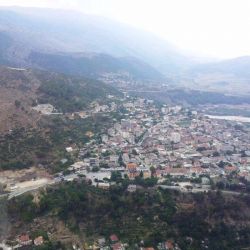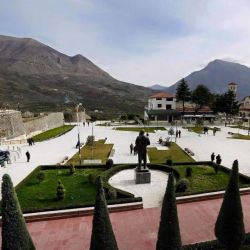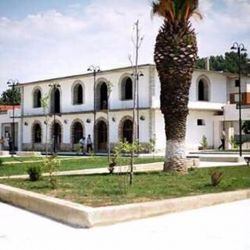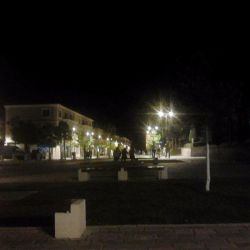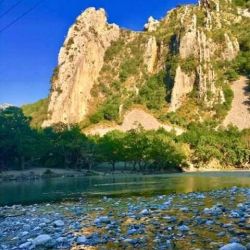Di vacanza - Alberghi in Albania Telapena
The location of Istok is mentioned since ancient times. According to the Historical sources it is said that Istog has been extended in the part of the territory between the great Istog and small Istog where the river of Istog with the river of Qaush joins. According to the notes there was a Roman colony which was located in the location that belongs to Istog today. Istok is also mentioned as a location at the end of the century. XIV when this part of Dardania was under Slavic occupation.
During the Turkish rule, Istogu as a settlement has been known for grain mills, and wool processing workshops (zhugunit).
By Decree Law on April 30, 1942, Istok was proclaimed CYTTE. Istog according to this decree, also gains the administrative function. So on December 29, 1978, Istog is declared CITES with a certain surface including
Istog as a municipality is rich in archeological values too.
The archaeological sites lie at the foot of the Bjeshkët e Thata suburb, starting from east to west.
The archaeological map of Istog would look like this:
-Syrigans (Suhogerll), the Illyrian settlement of Neolithic times-the new stone-time time of the "city".
-Cololez-the ancient site of the church,
- The traces of ancient civilization,
-Sy-relics of the walls of an ancient city, under Grand Qukën.
-Istog-traces of ancient civilization, the right side of the stream of Bollovona.
-Central-Illyrian summits, giant walls with more speeding links for navigation.
-Lubozha-the ancient locality "Gradina"
-Write-Illyrian settlement "Krye",
-Studenica-Albanian Paleochristian Church of the 4-5th Century Our era,
-Kaliqqan-archaeological site "gjyshkoka",
-Orrobërdë-tombs of Kerry Tatarhan (since Ottoman rule),
-Banja (known as "Ilija"), the locality of "Onix", known for the Illyrian tomb-grave of the noble Illyrian families in which Illyrian helmet made of bronze, the Illyrian king's sword, shtamba, but Even the Argentinean ornament of the Illyrian princess.
-Bajica - the archaeological complex of underground craters.
Archaeological finds testify to our autochthony for which we have certain facts from the Middle Ages to the Neolithic. Therefore we consider that archaeological expeditions will throw more light on this assertion.
Podguri, as a special ethnographic area, is rich in material culture values, so we have been collecting exhibits of antique values, which are collected and arranged in the premises of the Palace of Culture
